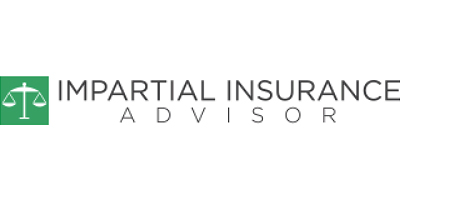Debt-free Is Stronger than Well-Insured Case Study #2
Clients typically have two or three primary goals, each of which is in tension with the others: they may want to be debt-free and save for retirement, or they may want to have adequate insurance while investing adequately too.
The nature of economics is the distribution of limited resources, and every dollar spent on insurance means one less dollar available for debt repayment. Each of these goals may strengthen you financially and many can be done simultaneously, but the resources that go to one cannot go to the other. The real question is often which should be emphasized, and which should be deemphasized. From this tension, we get the title of this blog.
Being well-insured has a possible advantage:
- if the precise event insured occurs, proceeds will be paid.
However, being well-insured also has risks:
- most term policies expire before the insured does, so much premium is wasted.
- This means that every $1 spent on insurance tends to yield less than $1. Most people pay more into insurance than they get out of it.
Being debt-free has a guaranteed advantage:
- saving interest.
- Regardless of which contingency arises (death, disability, or losing a job), it helps to not have debt payments.
Being debt-free does not have the risks of carrying insurance cited above:
- you always save money, regardless of what contingencies materialize in the future.
- every dollar spent on debt tends to save a $1.20, after accounting for interest saved.
For example, many people buy insurance and then lose their jobs… to discover insurance doesn’t help at all. Insurance is often like France’s Maginot Line, not only ineffective but also so expensive to maintain that it results in underfunding other priorities. On the other hand, those who are debt free can better weather a variety of financial storms: disability, death, layoff, shrinking real estate values, etc.
How does this translate in the real world? I’m working with a couple both about 50 years old with two independent children. Husband and wife each earn about $70,000 and their chief concern is a $200,000 mortgage.
Currently they have term life insurance of $450K on him and $400K on her. Their goals are to pay off debt, save for retirement, and optimize their insurance.
How much LI should they carry? What about $250K each, just enough to pay off the mortgage and bolster the emergency fund? The survivor is debt-free, gets a $50,000 emergency fund, and has a reasonable ongoing salary. The wife (often more security conscious) may want $350K on her husband. We can always justify more, but that means less for debt repayment. A major tape running in the back on my mind is that 95%+ of term policies end up in the trash can anyway.
You don’t get this emphasis from a sales agent and this couple’s decision will largely hinge on their emotional comfort with an amount reduction. Some don’t feel comfortable reducing coverage and I respect that. However at least they get the nudge toward what’s likely provide the best long-term return. Being debt-free is some of the best insurance you can have.
